Podcast: Play in new window | Download
Subscribe: RSS
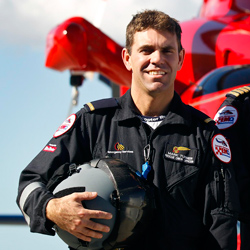
“On 9th and 10th of January 2011, heavy rainfall caused flash flooding to occur across parts of Queensland resulting in widespread damage to property and 35 fatalities. Grantham, Lockyer Valley and Toowoomba were severely impacted. Due to landslides caused by flooding, and water blocking the Warrego highway, the Lockyer Valley became isolated; police and emergency services were no longer able to access the area. Excessive fog and rain prevented helicopters flying overhead during the emergency.”
“Emergency services were overwhelmed during the disaster. Triple zero operators advised people to stay indoors to avoid being swept away.
… on a typical Monday the 000 line in Toowoomba receives about 60 calls, on this day 883 such calls were received.” – Source
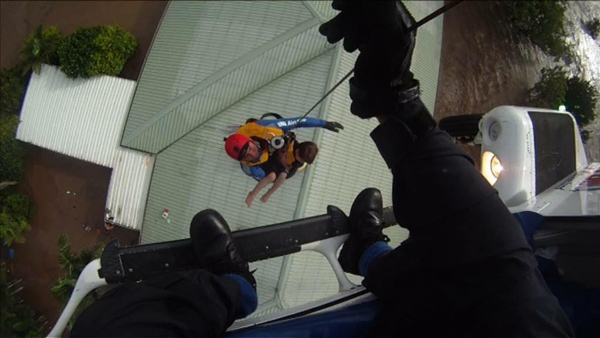
Despite what the extract above says helicopters did indeed fly in extremely poor weather and conducted a large number of rescues off house roofs and emergency evacuations of towns in the way of the flooding.
In this episode we hear from 3 of the aircrew involved and the different perspectives of each of their crews as the emergency unfolded.
Mark Turner was the rescue wireman in the Queensland Government AW139 Callsign Rescue 500 which was the first rescue machine on the scene in the afternoon of 10 January at the township of Grantham. “Horrendous” weather forced them to scud run at low level to reach the town they were greeted by streets awash with fast running flood waters and residents stranded on roof tops. Over 2 hours of hoisting operations 28 people and a cat were rescued and moved to dry land.
Next on the scene was Rescue 510, another AW139 with Brett Knowles onboard as a crewman. They relieved the Rescue 500 crew who landed with minimal fuel reserves. Brett’s crew then continued into the late afternoon and evening conducting winch operations by searchlight unaided. Another 15 people were rescued.
The next morning 2 Blackhawks departed Oakey to the west of the area under IFR conditions and managed to break visual near Amberley Air Force Base. Nathan Coyle was the Captain of the second Blackhawk and he talks about the experiences of his crew on the 2nd day including a harrowing rescue conducted on NVGs next to a live powerline.
All their operations would have been pretty heroic on any normal day but the weather they were operating in deserves special mention. The graph below shows rainfall on the days in question with many places receiving all time record breaking amounts. The videos below give some additional indication of the conditions encountered.
“I have been flying for 12 years and that’s the worst I have seen it – terrible visibility and for the pilots it was incredibly hard to navigate” – WO2 Tony Young
The pilots had to rely on their personal phones and Google maps to navigate in a number of cases due to the flood waters obscuring roads and landmarks.
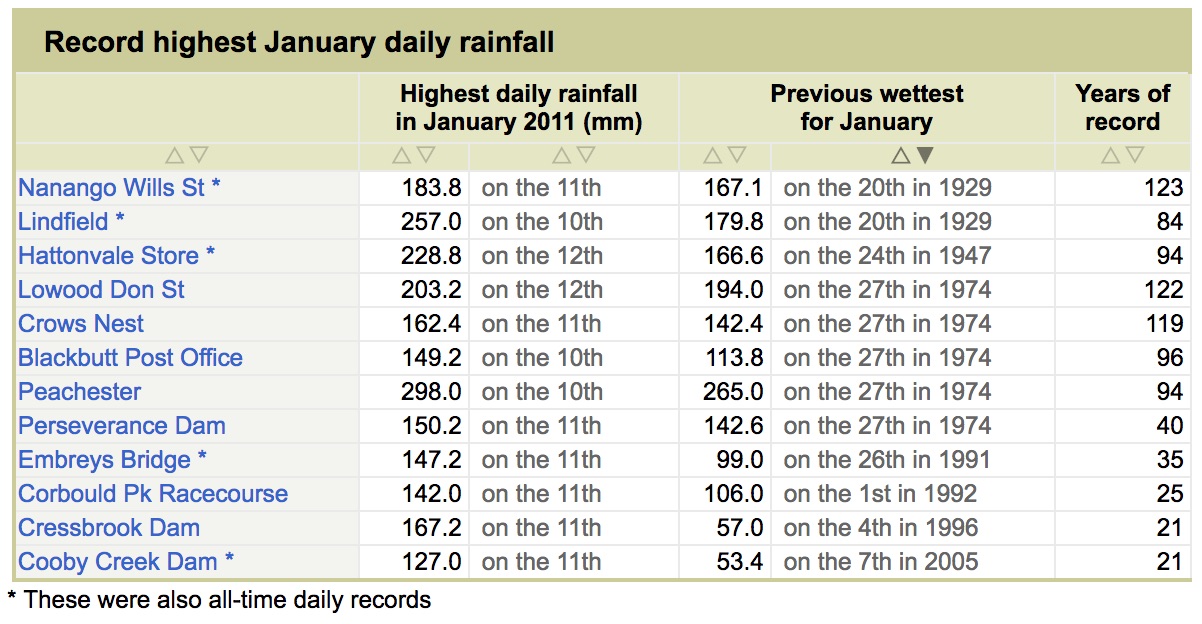
Podcast: Subscribe in iTunes | Play in new window | Download
Links from this week’s episode:
Support the podcast on Patreon
World Helicopter Day
Technical Evacuation Advanced Aero Medical (or TEAAM)
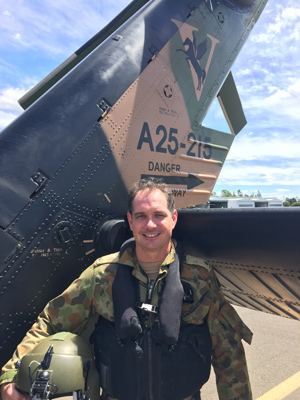
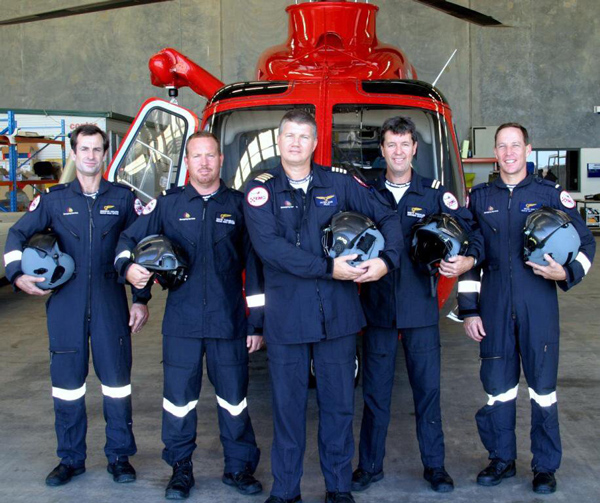
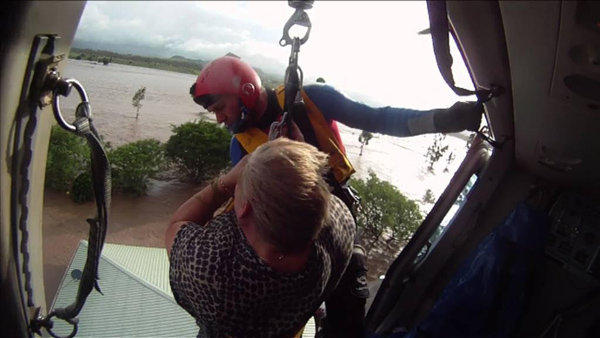
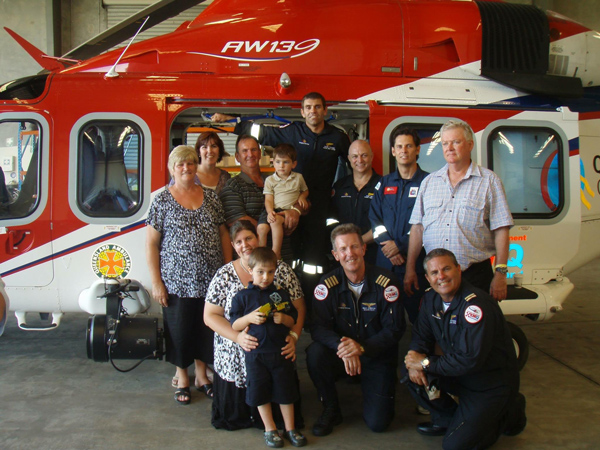
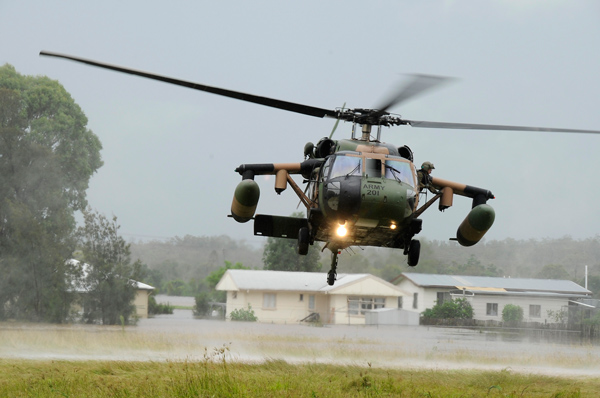
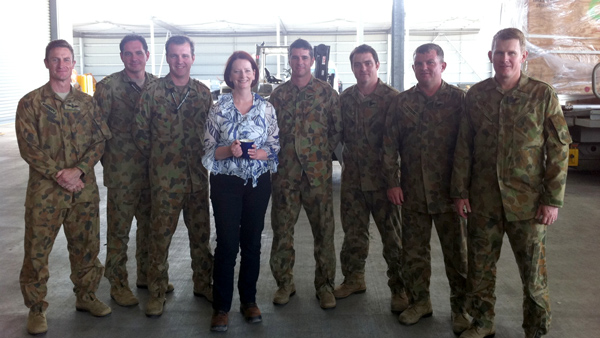
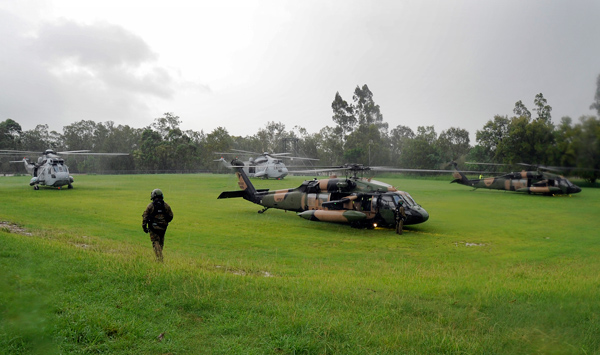
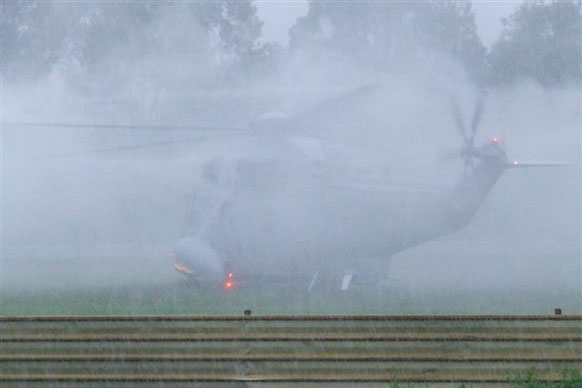
Do you have a question for Mark, Brett or Nathan? Were you flying during the flooding and want to share your experiences? Be part of the conversation by leaving a comment below.
